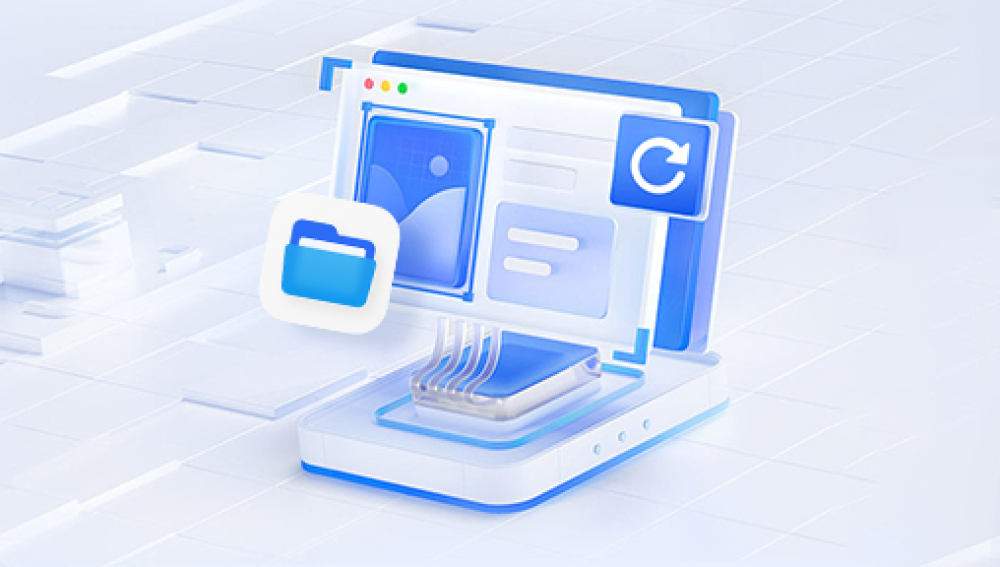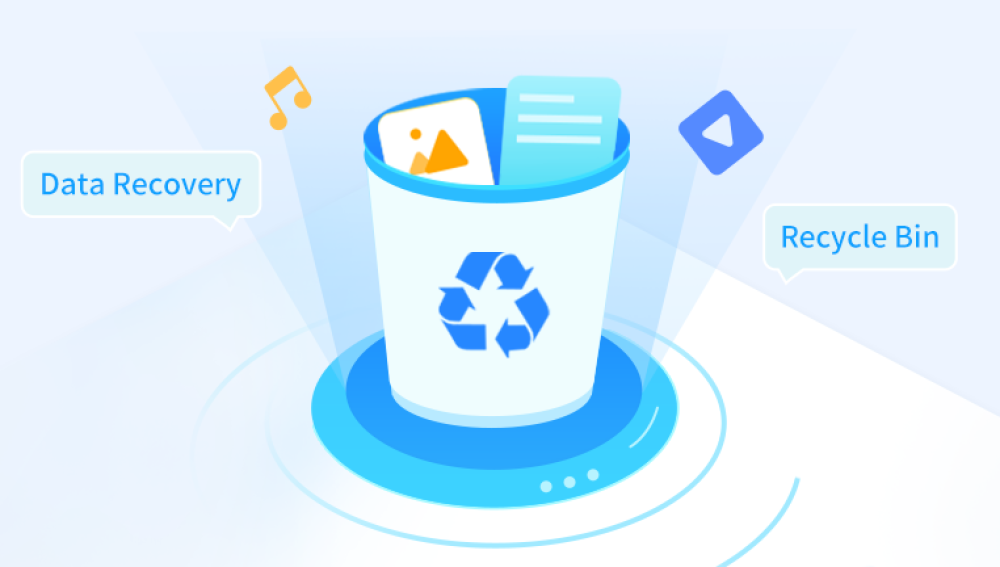Excel is a cornerstone application in business, academics, finance, and everyday data management. But like any digital tool, it’s susceptible to human error especially accidental overwriting. One of the most panic-inducing scenarios is realizing that you’ve saved over an important Excel spreadsheet and need to recover the original version. Fortunately, in most cases, it’s possible to retrieve overwritten Excel files using a variety of built-in Windows features, Excel versioning options, cloud backups, and recovery software.
Chapter 1: Overwritten Files
1.1 What Happens When You Overwrite a File?
Overwriting a file means saving new data under an existing filename, replacing the previous content. The new file typically takes up the same storage space as the old one, which means the original version is not directly accessible unless backups or shadow copies exist.

1.2 Is Overwritten Data Recoverable?
Yes, but with conditions:
If a backup or version history exists, recovery is straightforward.
If no backup exists, recovery depends on how the file was saved and whether older versions are stored by Windows or a cloud service.
If overwritten on a local drive, data recovery software might help retrieve earlier file traces.
Chapter 2: Immediate Actions to Take
Time is crucial. If you've overwritten an Excel file:
2.1 Stop Editing
Avoid making further changes to the file or saving additional Excel files to the same location.
2.2 Check for AutoRecover Files
Excel often creates temporary versions of your document while you're working on it.
Chapter 3: Built-in Recovery Options in Microsoft Excel
3.1 Recover Using Excel’s Version History (Office 365 / Excel 2016+)
Open the Excel file you saved over.
Click File > Info.
Under Manage Workbook, look for Version History.
Click View and Restore to see older versions.
Note: This works only if the file was stored on OneDrive, SharePoint, or if AutoSave was enabled.
3.2 Recover Unsaved Versions
Open Excel and go to File > Open > Recent.
At the bottom, click Recover Unsaved Workbooks.
A list of AutoRecover files will appear. Open and save the one you need.
Chapter 4: Use Windows File History
4.1 What is File History?
Windows automatically creates backups of files stored in libraries, desktop, favorites, and documents if File History is enabled.
4.2 How to Use It:
Navigate to the folder where the Excel file was stored.
Right-click on the file or folder and select Properties.
Go to the Previous Versions tab.
Select a previous version and click Restore.
This works only if File History was enabled before the file was overwritten.
Chapter 5: Restore from Windows Backup
If you created a system image or used Windows Backup:
Go to Control Panel > Backup and Restore.
Select Restore my files.
Browse for the Excel file by name or location.
Restore the desired version.
Chapter 6: Recover from Temporary Files
Excel sometimes stores temporary copies that can be accessed even after overwriting.
6.1 How to Locate Temporary Files
Navigate to the temp folder:
makefile
CopyEdit
C:\Users\[Your Username]\AppData\Local\Microsoft\Office\UnsavedFiles
Look for files with names like ~ExcelXXXX.tmp.
Copy and rename the temp file extension from .tmp to .xlsx.
This method is a hit or miss depending on your settings and how long ago the file was overwritten.
Chapter 7: Use Drecov Data Recovery to Retrieve Older Versions
If built-in options don’t work, a powerful tool like Drecov Data Recovery can scan your drive for file remnants and older versions.
7.1 Why Drecov Data Recovery?
Deep scans for previous versions or overwritten data.
Supports Excel formats (.xls, .xlsx, .xlsm, etc.).
Compatible with HDD, SSD, USB, and cloud-synced folders.
7.2 How to Use Drecov Data Recovery
Download and install Drecov Data Recovery from the official site.
Launch the software and select the location (e.g., Documents folder) where the Excel file was stored.
Choose Deep Scan to detect overwritten or lost file versions.
Preview the results. Look for filenames, timestamps, and Excel format.
Select and recover the desired file to a different folder or external drive.
7.3 Tips for Success
Run the scan as soon as possible after overwriting.
Avoid writing new files to the same folder.
Use the preview pane to verify content before restoring.
Chapter 8: Check Cloud Backup Options
If your Excel file was stored or synced to the cloud, recovery may be even easier.
8.1 OneDrive
Go to OneDrive in your browser.
Right-click the Excel file and select Version History.
View or restore a previous version.
8.2 Google Drive or Dropbox
These platforms also maintain version history:
For Dropbox: Right-click the file > Version History.
For Google Drive: Open the file > File > Version History > See Version History.
Chapter 9: Use Third-Party Backup Tools
Many people use tools like:
Acronis True Image
EaseUS Todo Backup
Macrium Reflect
These tools offer file-level backup and versioning. If you’ve set them up previously, you can restore Excel files easily.
Chapter 10: Professional Help for Critical Data
If the file contains high-value data and none of the above methods work:
10.1 Contact Data Recovery Services
Professional services use specialized tools to retrieve overwritten sectors. This is recommended only for:
Business-critical spreadsheets
Legal, medical, or confidential documents
Files overwritten on physically failing drives
Expect to pay hundreds of dollars, but recovery rates are high.
Chapter 11: Preventing Future Overwrites
11.1 Enable AutoSave
Office 365 users can enable AutoSave on OneDrive or SharePoint to track every change.
11.2 Use “Save As” Instead of “Save”
Get in the habit of saving versions with different names or dates.
11.3 Version Your Files Manually
E.g., Budget_Q1_v1.xlsx, Budget_Q1_v2.xlsx
11.4 Schedule Regular Backups
Use Windows Backup or third-party tools to create daily or weekly backups.
11.5 Use Excel Macros with Save Checkpoints
Advanced users can create Excel macros that prompt for saving new versions instead of overwriting.
Chapter 12: Frequently Asked Questions (FAQs)
Q1: Can I recover an Excel file overwritten weeks ago?
Possibly—if version history, File History, or backups exist. If not, use Drecov Data Recovery to deep scan your disk.
Q2: Is Drecov Data Recovery safe?
Yes, it’s a reputable tool with a read-only recovery process, meaning it doesn’t modify your original data.
Q3: Can Excel AutoRecover help in overwriting situations?
AutoRecover is better for crash recovery but may retain temporary versions you can access shortly after overwriting.
Q4: Are temporary Excel files recoverable after shutting down the PC?
They may be, depending on how long ago the file was closed. Use the temp file path to search.
Q5: Can I preview Excel files before recovery?
Yes, tools like Drecov Data Recovery let you preview Excel files before restoring, which helps verify content.
Overwriting an Excel file doesn't have to mean permanent data loss. From using built-in tools like Version History and AutoRecover to leveraging robust software like Drecov Data Recovery, you have multiple strategies at your disposal.
Acting fast, avoiding further file operations, and regularly backing up your data are critical to a successful recovery. Whether you're using Windows, cloud platforms, or professional tools, this guide has given you everything you need to retrieve your overwritten Excel file confidently.




